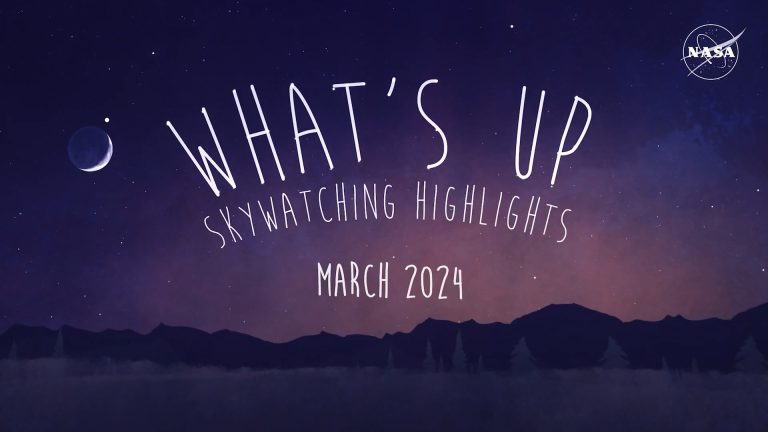观星指南(2024年8月)
八月份的天空会发生什么?木星和火星的超近距离相合,英仙座流星雨的展望,以及观测礁湖星云中的恒星育婴室。

八月份的天空会发生什么?木星和火星的超近距离相合,英仙座流星雨的展望,以及观测礁湖星云中的恒星育婴室。

七月的观星指南:月亮重新聚集行星乐队,借助火星找到天王星,以及感受天蝎座尾刺的星团。

6月的天空会发生什么?土星和火星与月亮相遇,木星在黎明时重现,并提供一些识别天空中常见天体的技巧。

5月的天空会发生什么?这个月,月亮本月两次与土星相伴,天蝎座的“心脏”短暂消失,而哈雷彗星则在早上带来了流星。

四月的天空会发生什么?一些易于发现的行星,还有时间观测彗星12P,以及如果你不在日全食路径上如何欣赏本月的日食。

三月份的天空会发生什么?与月亮亲密配对,水星现身,微弱的月食,还有机会看到彗星。

二月份的天空会发生什么?金星和火星是一对,木星和月球是对方的情人,观测M81,又名“波德星系”。

2023年8月19日 Ringed Ice Giant Neptune Image Credit: NASA, ESA, CSA, STScI, NIRCam Explanation: Ringed ice giant Neptune lies near the center of this sharp near-infrared image from the James Webb Space Telescope. The dim and distant world is the farthest planet from the Sun, about 30 times farther away than planet Earth. But in the stunning Webb view, the planet’s dark and ghostly appearance is due to atmospheric methane that absorbs infrared light. High altitude clouds that reach above most of Neptune’s absorbing methane easily stand out in the image though. Coated with frozen nitrogen, Neptune’s largest moon Triton is brighter than Neptune in reflected sunlight, seen at the upper left sporting the Webb telescope’s characteristic diffraction spikes. Including Triton, seven of Neptune’s 14 known…

天文学家们发现了海王星云层的增减变化与11年太阳活动周期之间的联系。太阳交织磁场的增强和减弱驱动着太阳活动。

八月的天空会发射什么?在黄昏和黎明看到土星,英仙座流星的回归,还有一颗“超级蓝月”。